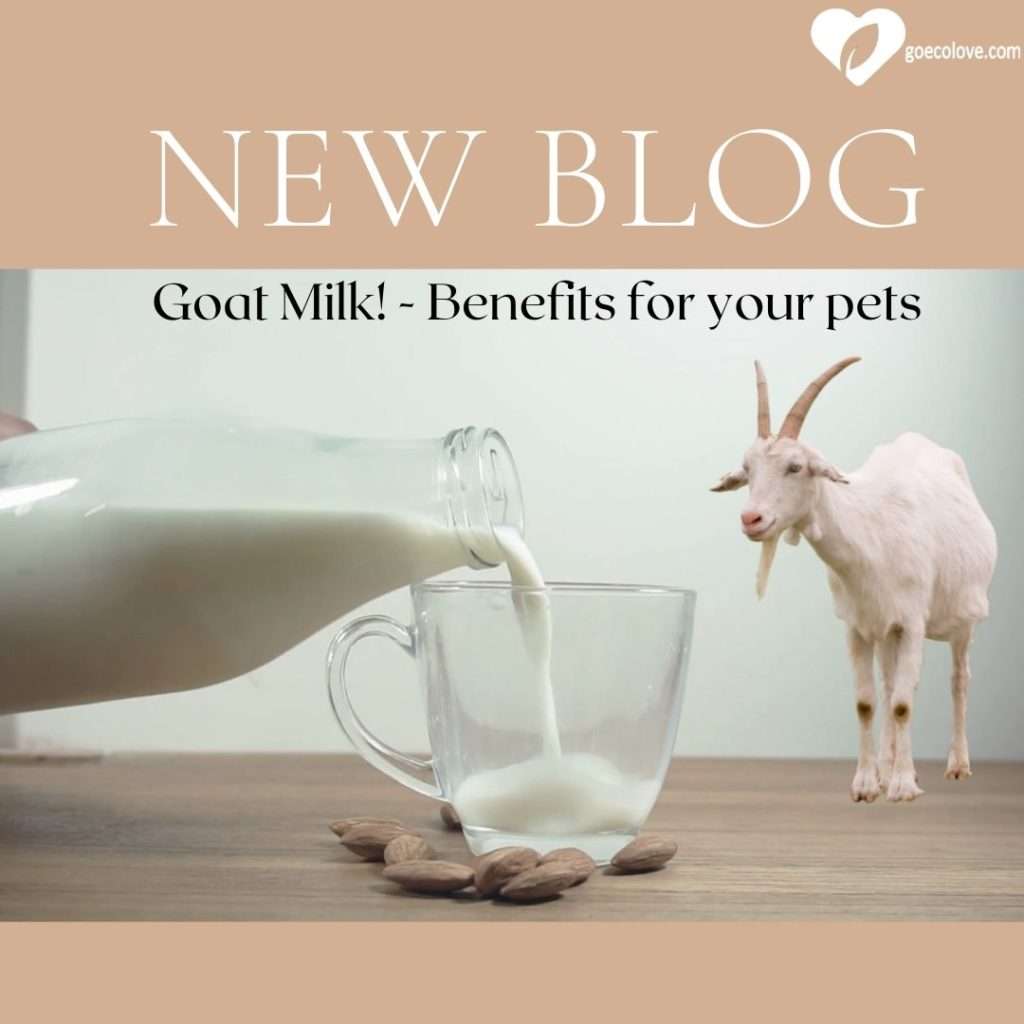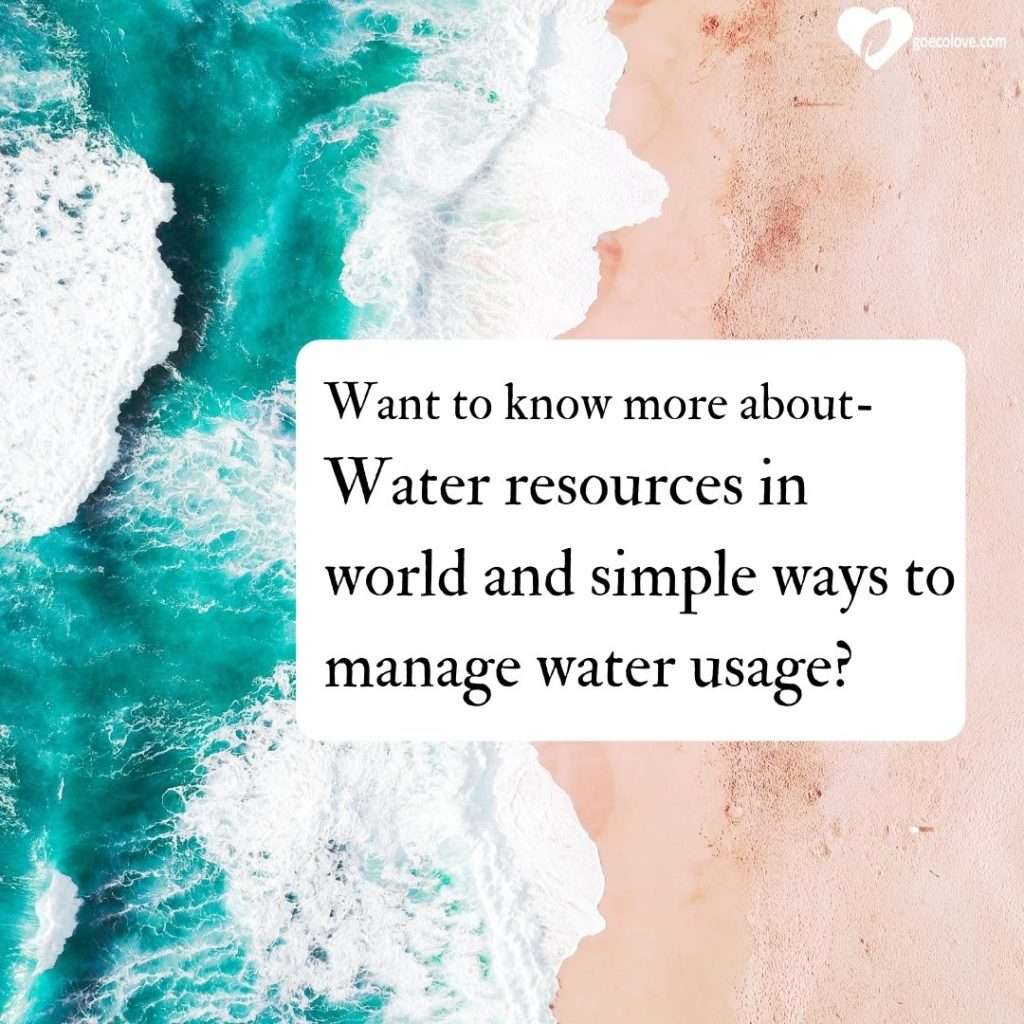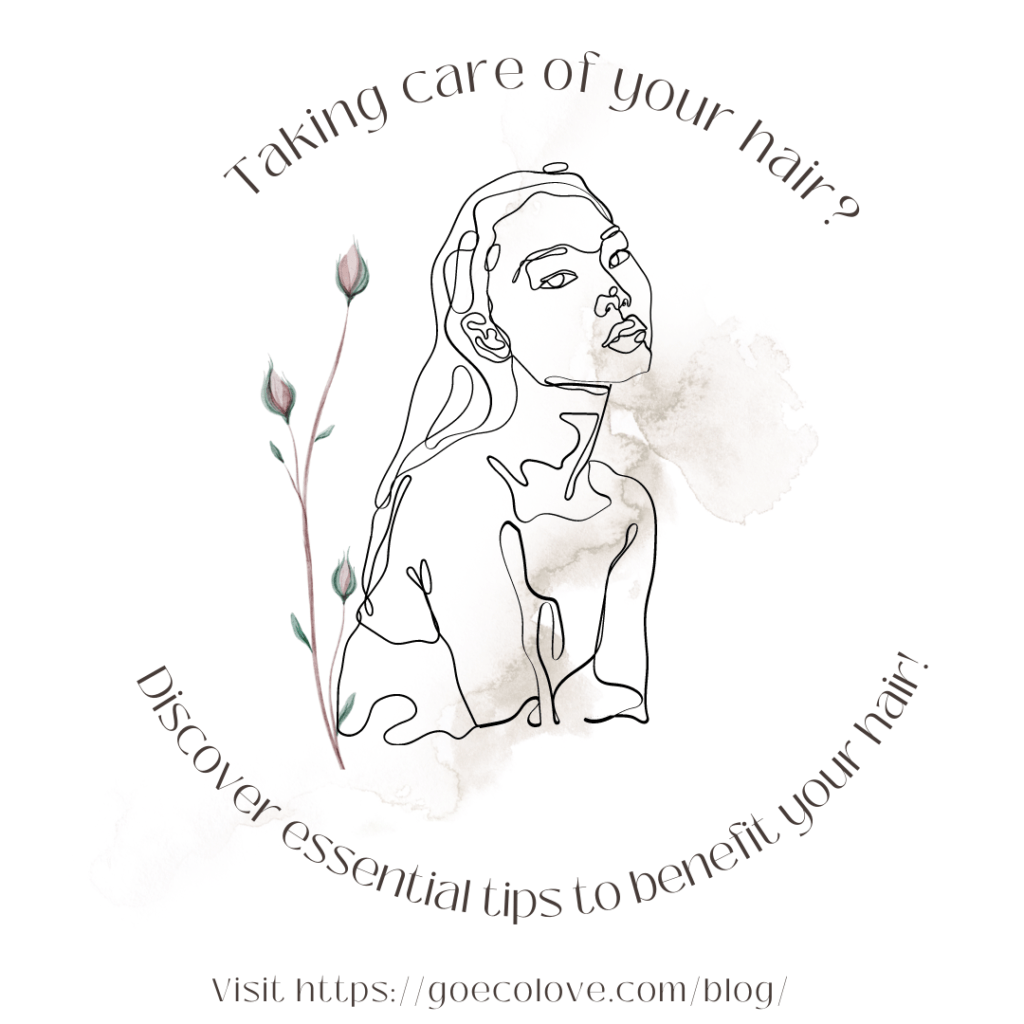Goat milk is the milk from domestic goats. They produce about 2% of the world’s total annual milk supply. Some goats are bred specifically for milk production.
Goat milk naturally has small, well-emulsified fat globules, which means the cream will stay in suspension for a longer period of time than cows milk; therefore, it does not need to be processed in which the fat droplets are emulsified and the cream does not separate.
Many people who perceive they have issues with cows’ milk can drink goats’ milk without any problems, and even say that their symptoms (such as eczema; asthma; bloatedness; constipation; digestive discomfort and catarrh) are reduced or go away altogether.
Recently, Goat’s milk is increasingly being used in pet care. Let’s examine the reasons why.
Goats milk as skin care products for pets:
Goat’s milk packs a powerful blend of vitamins, amino acids, and fatty acids which affects dry skin. Goat milk contains vitamin A, B, C, and E. Vitamin A is a fat-soluble antioxidant, vitamin B is a powerhouse that keeps the body in good health, and vitamin C repairs and regrows tissue. Lastly, vitamin E is known for repairing damaged tissue and scars, as well as hydrating and moisturizing skin and hair.
Goat milk helps to soothe dry and sensitive skin. When used in a consistent skincare regimen, goat milk benefits include moisturizing skin, reducing itch relief and exfoliating the skin. It is also good for pets as well as people with sensitive skin. It also naturally removes dead skin and promotes new cell growth while washing.
The process of fermenting the milk causes even more pro biotics to form, therefore increasing the health benefits of the milk. These pro biotics are especially helpful for dogs and other pets with skin conditions and recurring allergies.
Goat milk helps to control itching, shedding, and flaky skin caused by allergies which are commonly seen issues with pets.
This blend of goat milk, coconut oil, and lavender calms your dog while moisturizing the skin and coat.
We have pets ourselves and pet care is extremely important for us. We use natural, organic handmade products for our products and highly recommend that you do the same for yours as well. Go Eco Love’s pet care products, using goat’s milk as an ingredient, can be found at: Go Eco Love Why not check it out?
Goat’s Milk for dogs is becoming more and more popular as a food item as well and now we know why. Goat milk is low in milk sugars (lactose). Here are a few reasons why goat’s milk is healthy, beneficial and all around great for dogs and other pets.
- Goat milk contains vitamins, minerals, electrolytes, trace elements, enzymes, protein, and fatty acids. In fact, the body can digest goat’s milk in 20 minutes.
- Great for digestion – for those pups who have sensitive tummies!
- Goats Milk is more digestible than cow’s milk and lacks the complex proteins that are associated with allergies.
- Lessens mucus and inflammation – Perfect for dogs and other pets which suffer from allergies!
- Super Immune booster – large amounts of vitamins and dog’s and other pets’ health is enhanced!
- Goat milk contains extremely low or no amounts of alpha-s1-casein protein.
- Many people and pets who don’t produce the lactase enzyme can’t digest pasteurized milk but can digest raw milk without problems.
- It contains high amounts of short and medium-chain fatty acids.
- It reduces inflammation.
- It supports metabolism and acts as an antacid.
- With a high fat content and low sugar content, glucose metabolism is much more effective and insulin sensitivity is improved.
- It provides complete, bio available nutrition.
Pasteurized goat’s milk is definitely the safer option. However, many pets have difficulty digesting dairy once they are weaned as babies, so goat’s milk may lead to gastrointestinal issues in some pets. It also can be a significant source of calories and protein and fatty acids.
With small (but increasing) popularity, most people aren’t aware of the great benefits goat milk provides to us and our fur babies.
If you have a sick or sensitive eater, goat milk will help soothe a pet’s digestive tract and allow sensitive eaters to process their food better. Enhanced Hydration: goat milk, like bone broth, is great for hydration! Dogs love to slurp goat milk so add it to raw food or to increase hydration in dry food.







